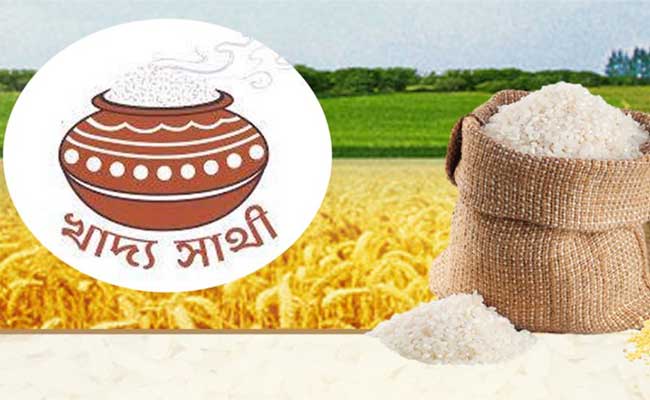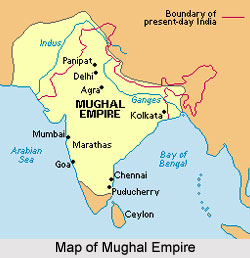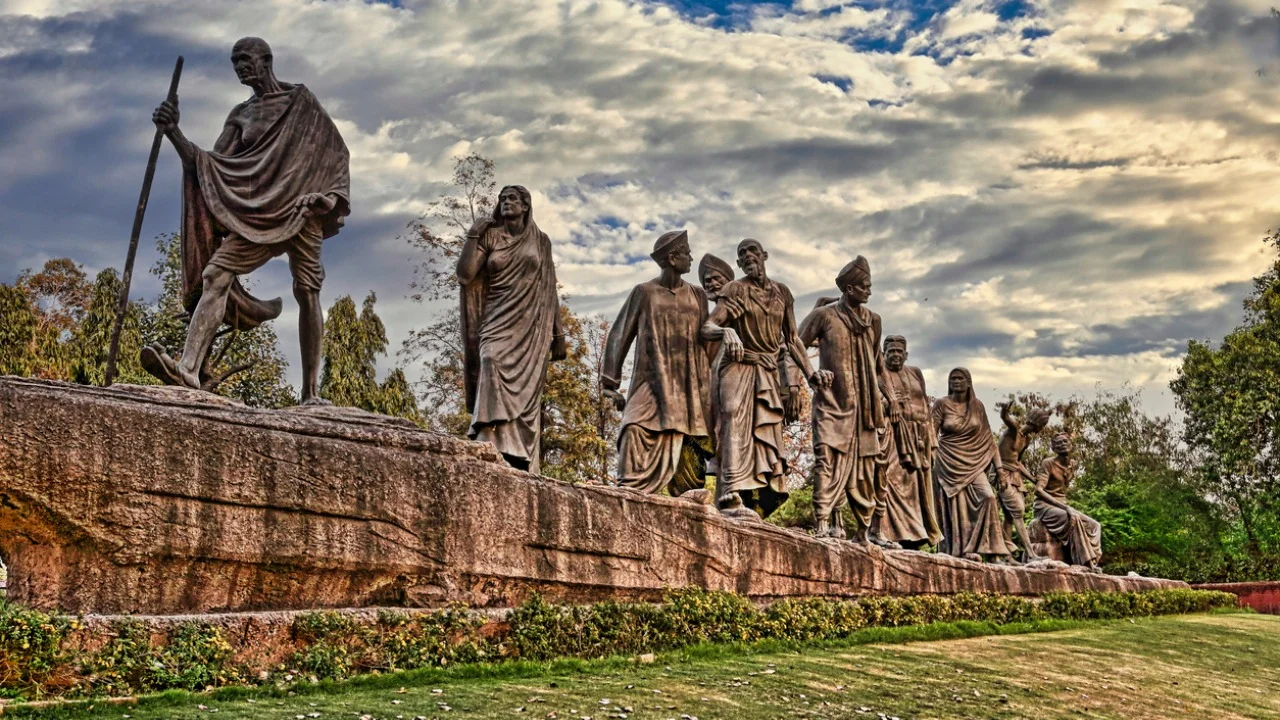Khadya Sathi: Providing Food Security for the People of West Bengal
Food security is an essential aspect of any society, as it ensures that all individuals have access to nutritious food at all times. In India, the government has been implementing various food security schemes to address the issue of hunger and malnutrition. One such scheme is Khadya Sathi, which was introduced by the Government of West Bengal to provide food security to its citizens. In this article, we will discuss what Khadya Sathi is, how it works, and its impact on the people of West Bengal.
Introduction to Khadya Sathi
Khadya Sathi is a food security scheme launched by the Government of West Bengal in 2016. The scheme aims to provide subsidized food grains to the people of the state, particularly those who belong to the economically weaker sections. The primary objective of the scheme is to ensure that no one in the state goes hungry due to lack of resources or poverty.
The scheme is implemented by the Department of Food and Supplies, Government of West Bengal, and covers all districts of the state. The department is responsible for procuring and distributing food grains to the people through a network of Fair Price Shops (FPS).
How Khadya Sathi Works
Under Khadya Sathi, the government provides subsidized food grains to the people of West Bengal. The scheme covers all households in the state, irrespective of their income or social status. The subsidized food grains include rice, wheat, and coarse cereals, which are distributed through the FPS network.
Each family is entitled to receive 5 kg of rice or wheat per member per month at a subsidized rate of Rs. 2 per kg. Families can also avail of 1 kg of pulses per month at a subsidized rate of Rs. 30 per kg. The scheme also provides fortified wheat flour, which is enriched with iron, folic acid, and other essential micronutrients.
The FPS network is the backbone of the Khadya Sathi scheme. There are over 25,000 FPS in the state, which are run by licensed dealers appointed by the government. These dealers are responsible for procuring food grains from the government and distributing them to the beneficiaries. The dealers are also responsible for maintaining proper records of the transactions and ensuring transparency in the distribution process.
To avail of the benefits of the Khadya Sathi scheme, beneficiaries need to have a ration card. The ration card is issued by the Department of Food and Supplies and serves as proof of eligibility for the scheme. The ration card contains details such as the name of the head of the household, the number of family members, and the quantity of food grains entitled to each member.
Impact of Khadya Sathi
Since its launch in 2016, the Khadya Sathi scheme has had a significant impact on the people of West Bengal. The scheme has helped to reduce hunger and malnutrition in the state, particularly among the economically weaker sections. The scheme has also provided a safety net for vulnerable populations, such as widows, disabled individuals, and elderly people who have no means of support.
The scheme has also helped to improve the nutritional status of the people of West Bengal. The fortified wheat flour provided under the scheme has helped to address micronutrient deficiencies, which are prevalent among the poor and marginalized sections of society. The scheme has also helped to promote the consumption of pulses, which are an important source of protein and other essential nutrients.
Another significant impact of the Khadya Sathi scheme has been on the economy of the state. The scheme has created a demand for food grains, which has provided a boost to the agricultural sector. The scheme has also generated employment opportunities for people involved in the procurement and distribution of food grains.
![]()





